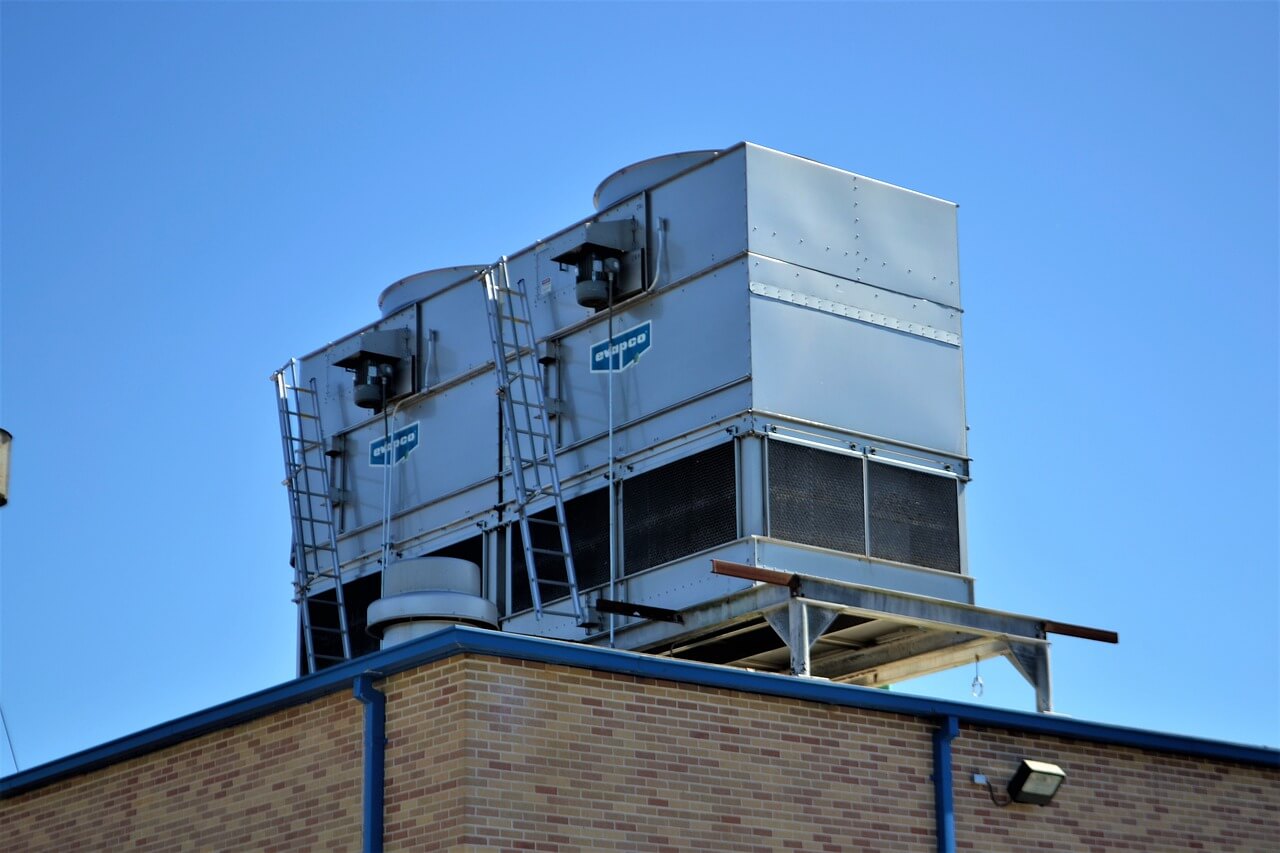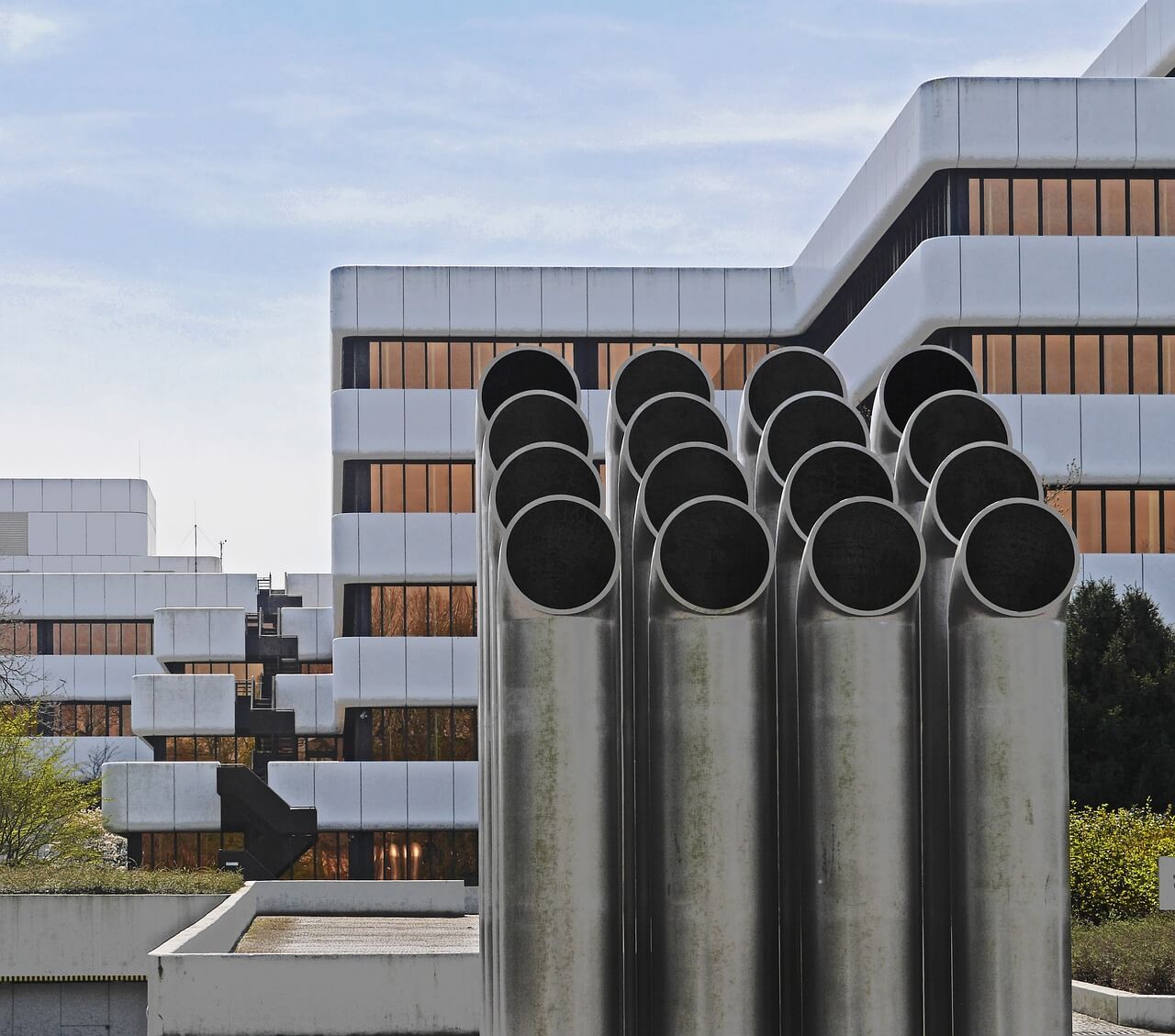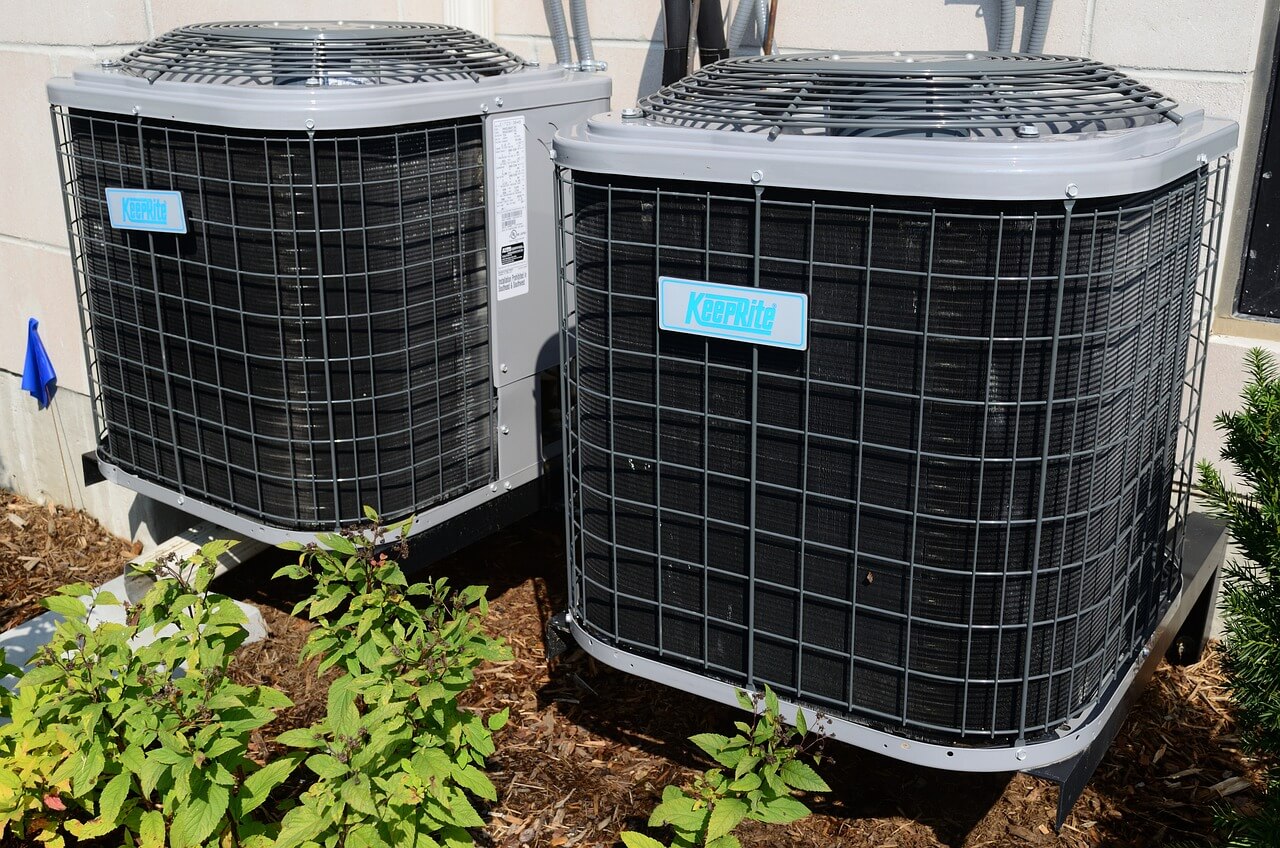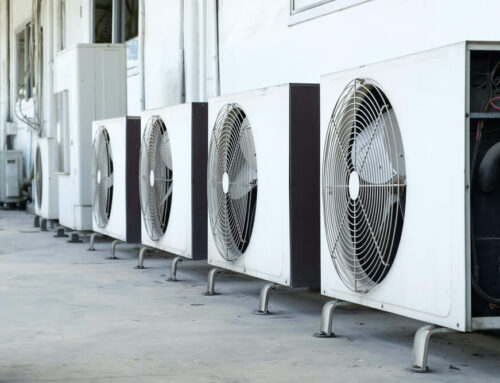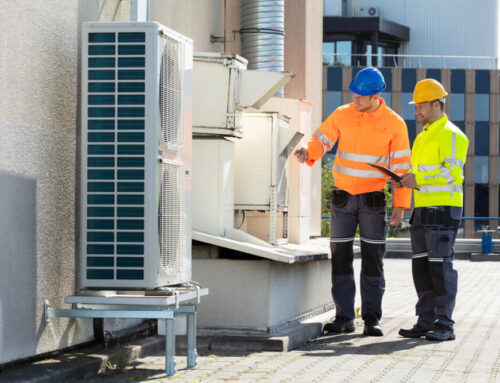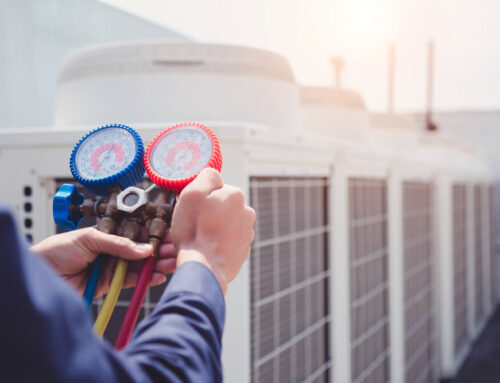As a commercial building manager or owner, ensuring a comfortable and efficient environment within your office space is crucial for the well-being and productivity of your occupants. One of the fundamental aspects of achieving this is selecting the right HVAC (Heating, Ventilation, and Air Conditioning) system. However, with the myriad of choices available today, it can be a daunting task to pick the system that perfectly suits your unique needs.
In this blog post, the team at Chills Air Conditioning sheds light on the various types of commercial HVAC systems, what to consider when choosing the best commercial building HVAC system, and their respective advantages and disadvantages.
HVAC for Commercial Buildings: What Types of Commercial HVAC Systems Exist?
Single-Split System HVAC for Comercial Buildings
Single-split HVAC systems are ideal for server rooms or sma;;er buildings. They work efficiently for individual rooms, allowing you to control the environment with precision.
Single-split systems are not suitable for larger commercial buildings with multiple rooms as they lack the capacity for such extensive cooling and heating demands.
A single-split HVAC system comprises one compressor, a furnace, an evaporator coil, and a refrigerant. Its simplicity and cost-effectiveness make it an attractive choice for tinier commercial spaces where you need specific climate control.
Multi-Split System
Multi-split systems are best suited for large commercial properties where the demand for cooling and heating spans multiple rooms. They operate similarly to single-split systems but can connect multiple indoor units to a single outdoor unit.
These systems are not intended for smaller commercial spaces where the added complexity and cost of connecting several inside units may not be justified.
The advantage of multi-split systems is their space efficiency. They allow more flexible management of indoor units, ensuring each room can have its own setting. However, their installation cost tends to be higher due to the additional pipework required.
Variable Air Volume (VAV)
These systems are ideal for multi-room buildings, where specific building areas may need different cooling and heating needs. This makes them suitable for office spaces and buildings with various zones.
VAVs are not suitable for single-space buildings where constant, uniform temperature control is needed throughout the area.
VAV systems excel in creating consistent and comfortable temperatures. By varying airflow to different areas, they offer precise climate control and energy efficiency, making them a favored choice for buildings with varying heating and cooling needs.
Variable Refrigerant Flow (VRF)
These are versatile and prevalent applications in various commercial spaces, including mixed-use facilities. They are particularly effective and energy-efficient.
These systems are not suitable for larger indoor assembly spaces with unique heating and cooling requirements.
VRF (Variable Refrigerant Flow), which is sometimes referred to as Variable Refrigerant Volume or VRV, employs refrigerants as both a heating and cooling medium. These systems excel in the efficient transfer of refrigerants to the specific zones requiring heating or cooling, enabling precise climate management. This adaptability renders them a fitting choice for mixed-use facilities where diverse areas demand varying climate conditions.
Constant Air Volume (CAV)
CAV systems are suitable for spaces with large, open areas and few windows, such as exhibition halls, where maintaining consistent airflow is essential.
Buildings with multiple heating and cooling zones, where more precise control is necessary, are not the ideal fit for CAV systems.
CAV systems ensure constant airflow and climate regulation by adjusting the air supply temperature. Their simplicity is suitable for open spaces where maintaining uniform conditions is the primary goal.
Heat Pump
Heat pumps are versatile and can work well in various settings, such as schools and sports facilities.
They are not recommended for areas with consistently low temperatures, particularly those below 40 degrees.
Heat pump systems operate by removing heat from the air and transferring it either inside or outside to provide heating or cooling as required. Their adaptability and energy efficiency make them valuable in various settings, especially when the climate is milder.
What Should You Consider When Shopping for an HVAC System for Your Commercial Building?
When choosing an HVAC system for your commercial building, several crucial factors should guide your decision:
Building Design: The layout and design of your building greatly influence the type of HVAC system that will work best. Consider the size of your space, the number of rooms, and their layout. Systems like single-split or multi-split are suitable for different architectural designs.
Local Climate: The climate in your region plays a significant role in selecting an HVAC system. Systems like heat pumps might be more efficient in milder climates, whereas VRF systems can adapt well to a variety of climates.
Energy Efficiency: Energy-efficient systems not only save on operating costs but also have a positive impact on the environment. Assess the energy efficiency ratings of various systems before making your choice.
Budget: Your budget is a critical determinant. Some systems have a higher upfront cost but provide long-term energy savings. Consider the financial resources available for your HVAC investment.
Building Occupancy and Usage: Evaluate how your building is used and the number of occupants. This will help you determine the heating and cooling needs. VAV systems are excellent for multi-room spaces, while CAVs are suited for large, open areas.
Expected Lifespan: Consider how long you expect your HVAC system to last. Different systems have varying lifespans and maintenance requirements.
Remember that each commercial building is unique, and your choice of an HVAC system should align with the specific needs and goals of your space.
Find the Right System for Your Needs
At Chills Air Conditioning, we deeply appreciate the pivotal role that indoor air quality and climate regulation play within your building. These factors are not only fundamental to the health and productivity of your occupants but are also vital for the long-term well-being of your establishment. Leveraging our extensive experience spanning decades, encompassing maintenance, repair, retrofitting, and installation of various HVAC systems for commercial buildings, we stand ready to steer you toward the most suitable solution tailored to your specific requirements.
Our comprehensive array of services includes HVAC design and installation, as well as meticulous maintenance and repair procedures, all orchestrated to ensure your HVAC system consistently operates at its peak performance. The careful management of airflow and the maintenance of indoor air quality stand as essential pillars for the sustained health of your building and the comfort of its inhabitants. We cordially invite you to delve into our blog for a wealth of informative content regarding HVAC systems and related subjects. Please do not hesitate to reach out to us for any further assistance and a more in-depth understanding of how we can collaboratively craft the perfect indoor environment for your commercial edifice.
Remember, selecting the right commercial HVAC system extends beyond merely regulating the climate; it’s an investment in the overall comfort and well-being of all those who step foot in your establishment. Choose wisely, and let us be your guiding hand in ensuring your commercial space is equipped with the ideal HVAC system to thrive throughout every season.
On that note, if you are looking for HVAC installation and reparation in Miami, don’t hesitate to reach out.

